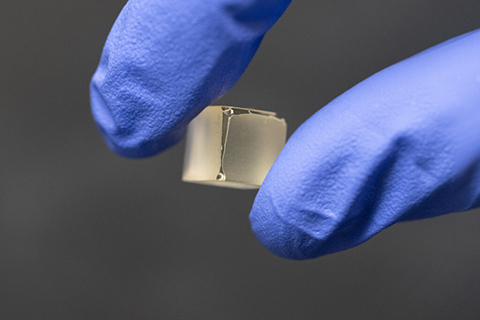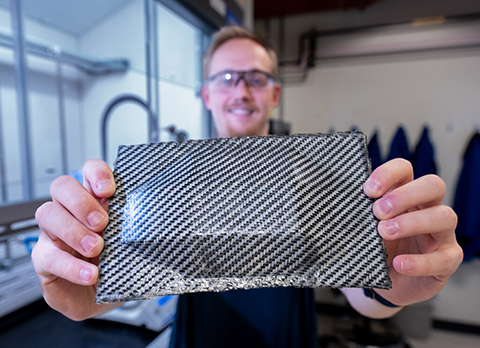The Key to Earth-Friendly Carbon Fiber Composites
A More Efficient Recycling Process
More Advancements Ahead
- Research
- Fiber Reseach
- FRPConference2024
- FiberReinforcedFuture
- FRPDesignAndAnalysis
- GlobalFRPForum
- SmartComposites
- FRPIndustryTrends
- BuildingWithComposites
- InnovateFRP
- SustainableComposites
- FRPWorldCongress
- sciencefather
For more Information about like this https://fiberreinforcedpolymer.com








No comments:
Post a Comment